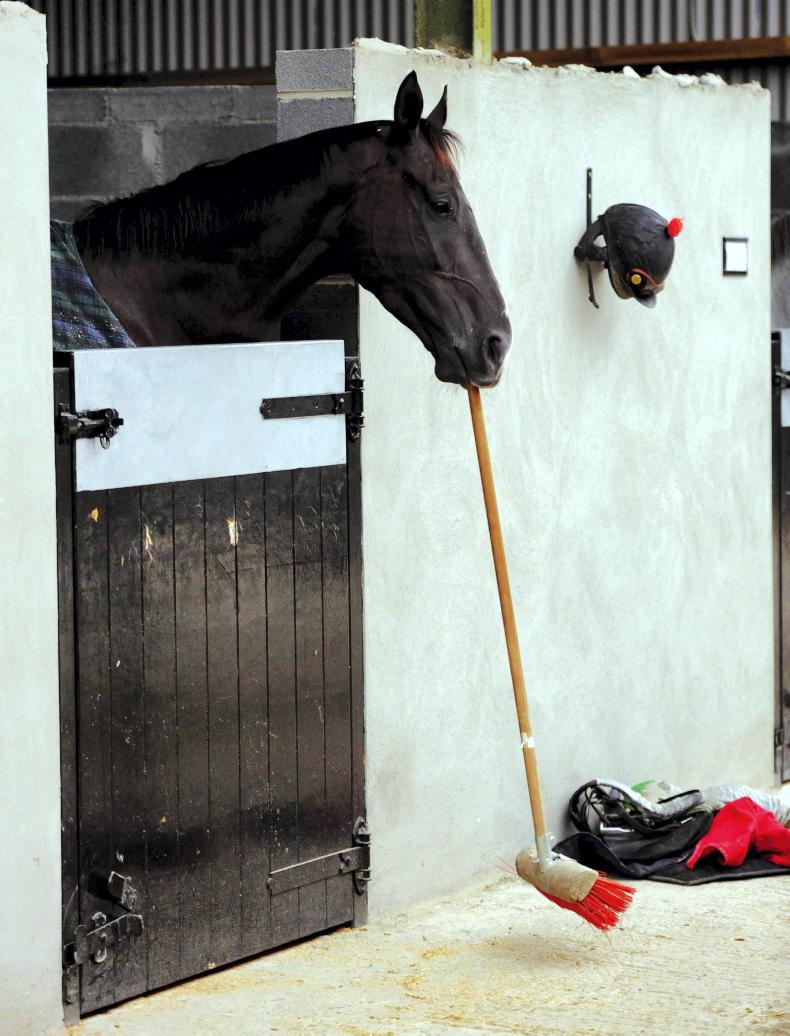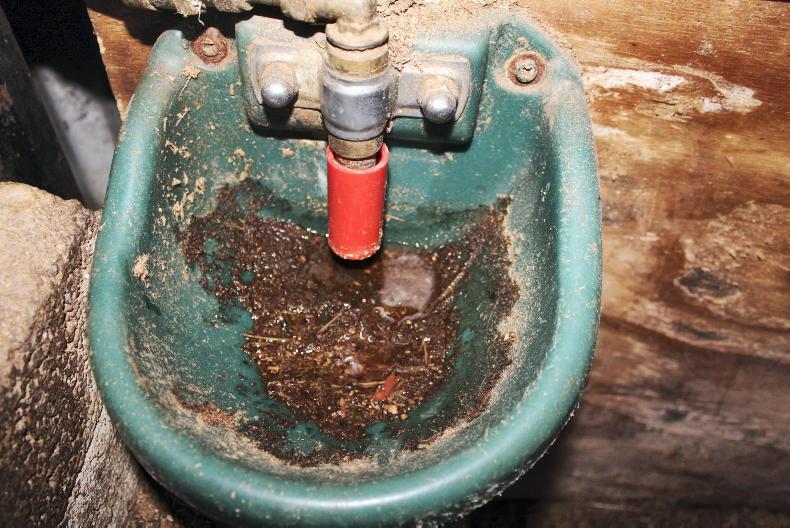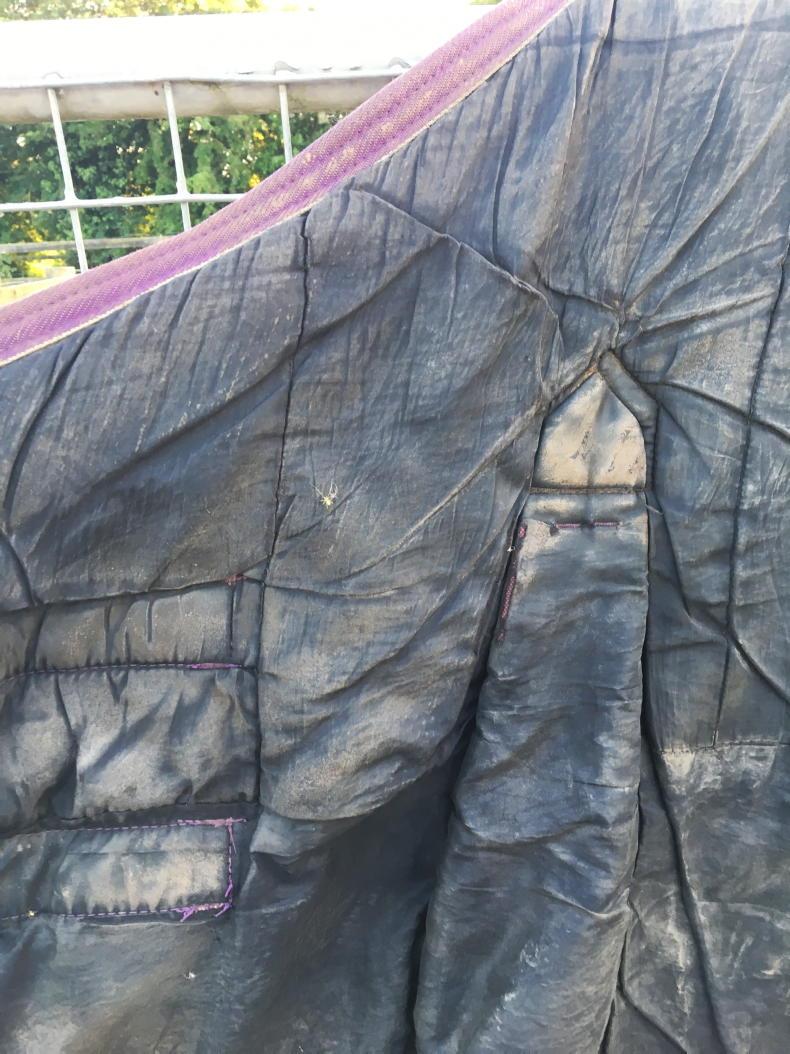SPRING is a good time to give stables a thorough clearing out and disinfecting. The longer nights mean there’s now no excuse for not doing all the jobs we’ve been avoiding, such as cleaning out the feed and tack room, de-cobwebbing ceilings and getting out the paint brush. Any fencing, doors, and gates can be protected with paint or timber preservative to save against the elements and also freshen up the appearance of the yard. Here’s what else should be on the list:
Stables: When it comes to the stables, if the horses are not out in fields already it’s best to move them to another area whilst the cleaning happens. All bedding, manure and straw should be removed to the muck heap and the whole area, including the walls, power-hosed. Next the entire stable should be disinfected and left until completely dry before putting clean bedding in again. Water drinkers should be regularlycleaned to avoid bedding and dirt building up in them, some horses will not drink out of an unclean drinker.
Pasture: When turning your horses out to pasture in the springtime it is important to ensure that there are no poisonous plants or trees in the field or paddock. Those that are considered to be poisonous to horses include laburnum, oak, rhododendron, yew, bracken, foxglove, mare’s tails and ragwort. There is also a risk with Atypical Myopathy from sycamore saplings (see page 85 - we will also address this in a special veterinary article in next week’s issue).
Fencing: Well-managed hedges, in association with a post and rail fence or suitable mesh fencing designed with horses in mind, are considered to be ideal forms of fencing in terms of being safe, giving shelter and providing habitat for wildlife. It is important to walk the boundary of the field to ensure that any fencing and hedgerows are safe before horses are turned out.
Grass: Guidelines in relation to grass height for horses are to maintain sward height to at least 5cm through the grazing period and not less than 2cm to 5cm at the end of a grazing period. Grazing horses with cattle or sheep (mixed grazing) is good for controlling grass supply and maintaining an even sward. Sheep or cattle can follow the horses to graze off the ungrazed areas, as their grazing behaviour is different from horses.
Drinkers: Most drinkers have a drain at the bottom for easy water emptying. The slime-busting weapon of choice is any stiff brush. Using an apple cider vinegar wash is a good, natural idea to rinse the walls of the trough. You can start scrubbing the walls of the trough as the water drains, or you could wait. You can use a bleach dilution too, although rinse well. Use a 10% bleach solution, which is easily made by adding one part bleach to nine parts water.


 This is a subscriber-only article
This is a subscriber-only article
 It looks like you're browsing in private mode
It looks like you're browsing in private mode








SHARING OPTIONS: